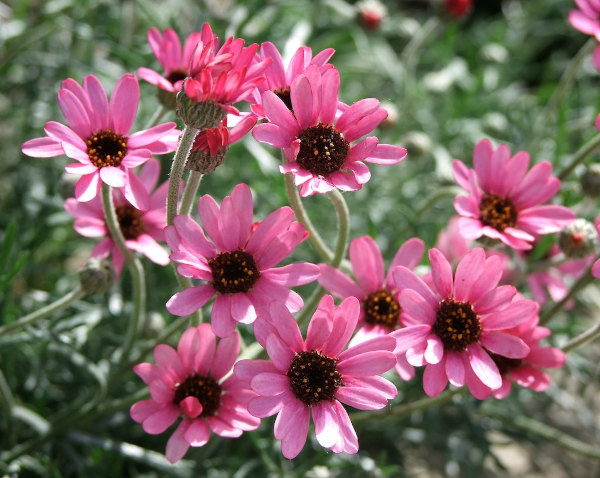How to grow Rhodanthemum
Hailing from exposed, rocky areas of North Africa and Spain, rhodanthemum is a bushy, carpet-forming perennial cultivated for its fine, silvery foliage and masses of large, daisy-like blooms.
Given well-draining conditions, this attractive, lesser-known member of the daisy family makes a tough and hardworking addition to the garden.
It is also known by the common name of ‘Morrocan daisy’.
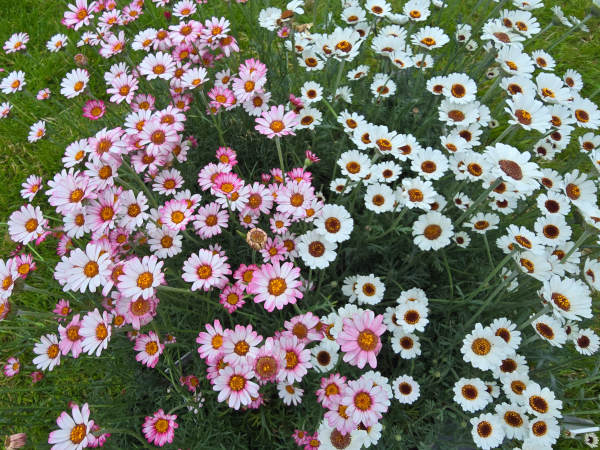
Zantedeschia is a genus of flowering plants from the family Araceae and is native to southern Africa. With a rich history dating back to the Ancient Romans, these deciduous or semi-evergreen perennials have been used as a symbol of celebration. Zantedeschia was Named after Professor Giovanni Zantedeschia, an Italian botanist.
There are two main forms of Zantedeschia: hardy and tender. Hardy forms of the plant can be grown outdoors, enjoy moist soil and full sun or partially shaded conditions - these are known as Arum lilies. Tender forms of Zantedeschia prefer being grown in containers or pots and should be brought inside over the winter - these are known as Calla lilies.
With tuberous flora in all colours from whites, yellows and oranges to deep reds and purples, Zantedeschias are not to be overlooked in any garden, as long as they have sufficient sunlight to grow in.
Ready to learn more about growing Zantedeschia? Read on for all there is to know...

Key Information
Soil pH
Position
Hardiness


Where & when to plant Rhodanthemum
Position - Full sun
Soil - Very well-drained
Flowering Period - Late spring with a second flush in late summer
Hardiness - Hardy throughout most of the UK (-5°C to -10°C)
For best results, plant in autumn or spring. An autumn planting is suitable for those gardening in mild conditions (broadly speaking, the southern half of the UK). For those liable to very cold winters, it is best to wait until spring (generally the northern half of the UK). Planting can be carried out during summer, though a watchful approach to watering is required.
Rhodanthemum will do well in a rock garden, or any very well-draining soil, where it will form a neat, ground-hugging mat. If your soil is on the heavy side, consider growing rhodanthemum in a container filled with a gritty compost mix. In any case it must be given a sunny spot, and will tolerate exposed (windy) or sheltered conditions.
How to plant Rhodanthemum
In the ground
- Clear the chosen area of weeds.
- Dig a planting hole several times larger than the root ball. If your soil is at all moist, add plenty of sand or horticultural grit to the planting hole and mix thoroughly. Avoid heavy, clay soil.
- Place the plant in the hole, ensuring the top of the root ball sits level with the surface of the soil. Too low and the plant may rot, too high and the roots can dry out.
- Backfill with soil and firm in gently.
- Soak well with water.
- Mulch around the base with horticultural grit or gravel.
In a container
- Choose an appropriate container. We recommend one with a top diameter of approximately 30cm. Ensure there are plenty of drainage holes in the bottom.
- Use a good quality potting compost with plenty of horticultural grit mixed in (aiming for about 30% grit), and, if not already present in the compost (check the description on the bag) some slow-release fertiliser granules.
- Start by partially filling the pot with compost; enough so that when placed on it the upper surface of the root ball is about 3cm lower than the top of the pot.
- Infill all the space surrounding the root ball with compost, firming down with your fingers then adding a little more so the plant is held tight.
- Pick up the pot (if you can!) and lightly tap on the potting bench or ground a few times to help further settle the compost around the plant.
- Soak well with water.
- A mulch with horticultural grit will look attractive and help to prevent a ‘cap’ or crust forming on the top of the compost (something container plants can suffer due to the artificial nature of their watering).
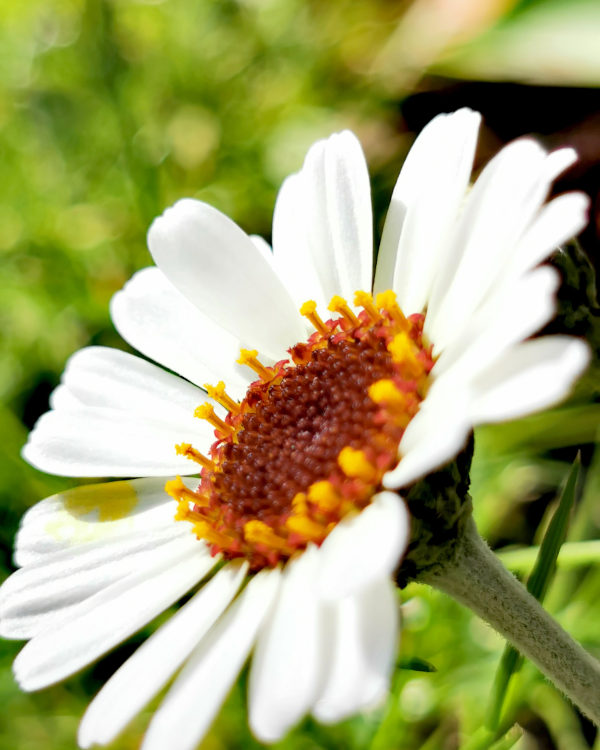
What to plant with Rhodanthemum
In a rock garden try pairing with other carpet-forming favourites such as aubretia, creeping phlox, lobularia and iberis.
Alternatively, try it towards the front of a well-draining border or container display, combined with soft pinks and blues such as gaura, lavender and salvia.
If you would like any further planting ideas or growing advice for your rhodanthemum, please contact our friendly and knowledgeable Customer Care Team - we will be more than happy to help you.
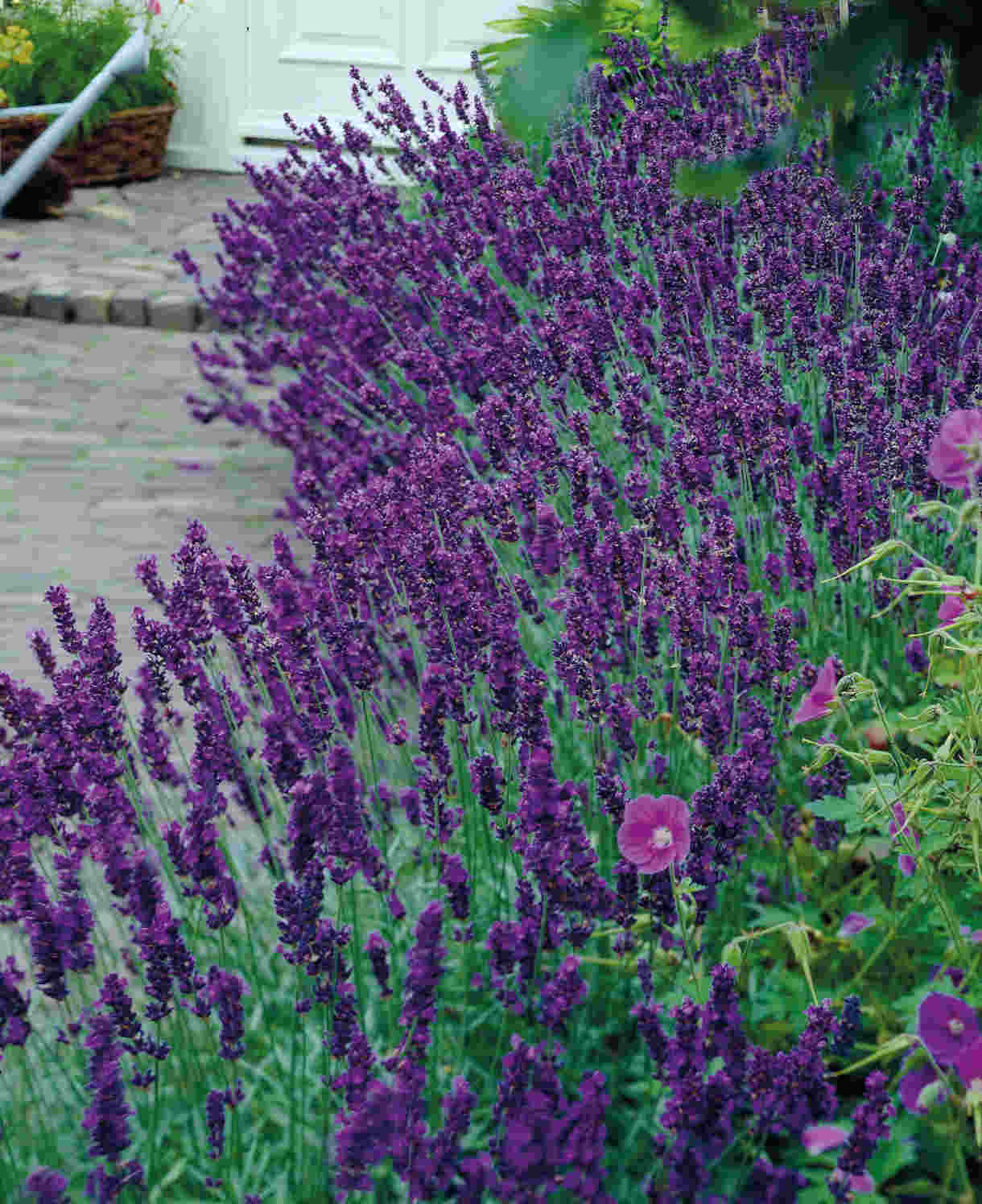

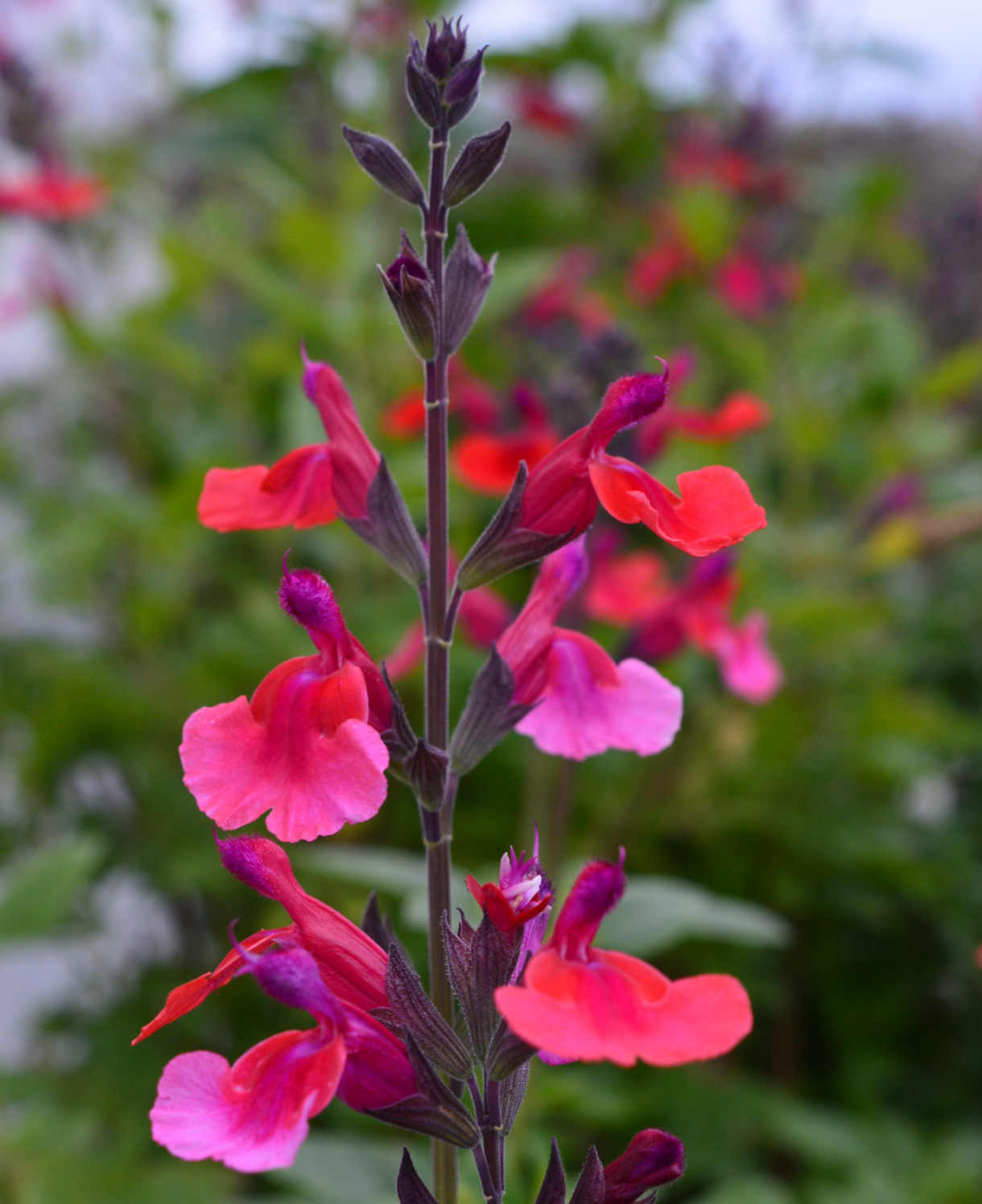
How to care for Rhodanthemum
Pruning and Deadheading
Deadhead regularly to prolong flowering.
This herbaceous perennial will die back naturally in the winter with no need for pruning.
Watering
In the ground water regularly until established, after which this drought tolerant plant tends to look after itself.
In a container water moderately throughout the growing season. This means allowing the compost to dry out almost completely between soakings.
Cold Protection
Rhodanthemum is hardy to between -5°C and -10°C providing it is grown in very well-draining conditions (excessive winter wet will impede hardiness). If you have any concerns about moisture levels over winter, either move containers undercover or into the rain shadow of a wall, or mulch ground-grown plants with a dry mulch such as straw or bracken. Always avoid heavy, wet soil.
Pests and Diseases
Rhodanthemum tends to be disease free. The only pests known to affect it are aphids.
Aphids are part of a balanced garden ecosystem and the best approach is to leave them to their natural predators (e.g. birds, ladybirds, and wasps). However, when their numbers reach a level that starts to inhibit and disfigure growth, you may feel it necessary to act. Regularly blasting off with a hose or wiping away with a cloth or piece of kitchen paper can help to keep numbers down without harming other members of the ecosystem.
How to propagate Rhodanthemum
Rhodanthemum is easy to grow from cuttings, which can be taken anytime during the growing season.
- Find non-flowering shoots 5-10cm long and snip off the plant.
- Put them in a plastic bag straight away to prevent drying out.
- Fill a container with a compost mix which is at least 50% perlite (or if you prefer, as we do, 100% perlite).
- Trim the end of the cutting to just below a node (point at which leaves grow).
- Remove the lowest third of leaves, leaving 2-4 on the cutting.
- If the remaining leaves are large, cut them in half with a sharp knife (to reduce water lost through transpiration).
- Insert the cuttings into the compost and water lightly. Several cuttings can be put in the same container if there is enough space to do this without them touching.
- Place in a greenhouse or propagating unit if you have one or covered with a plastic bag on a windowsill if not (out of direct sunlight).
- Keep the cuttings misted and occasionally watered until they root. You will know this has happened when roots emerge out of the bottom of the container.
- Gently remove rooted cuttings and pot them into individual pots. Overwinter in a cool yet frost-free environment such as an unheated conservatory, greenhouse, or cold frame, before planting out in late spring (once all risk of frost has passed).
Common Rhodanthemum questions
- Is rhodanthemum a perennial?
Yes, all rhodanthemum species and their cultivars are perennials, meaning given the right conditions they will come back year after year. - How tall does rhodanthemum grow?
All the varieties we stock grow to around 30cm by 30cm. - Is rhodanthemum frost hardy?
All the rhodanthemum we stock are hardy to between -5°C and -10°C. See ‘Cold Protection’ section above for more information.
